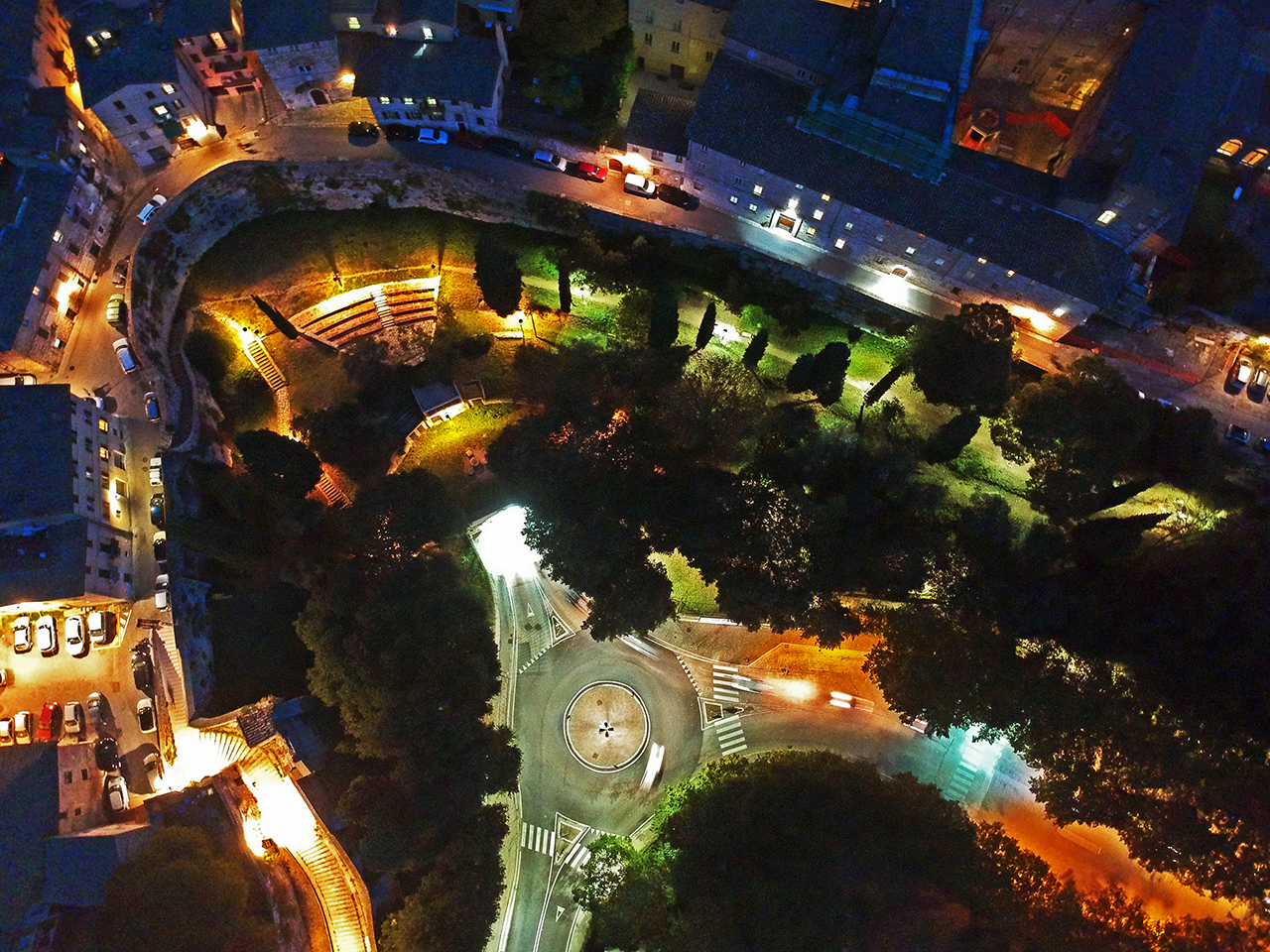



Park of Cupa (or Campaccio). Like the other four royal streets of Perugia, also Via Dei Priori (the fifth), thanks to its splendid Porta Trasimena, crosses the Etruscan walls of the city, inserting itself with its decumanus in the longest and most evocative heart of the Acropolis. It does so in a stretch of the ancient route particularly dense with environmental and monumental qualities. The district that underlies it, in fact, extends from the Conca area, involving the Verzaro Gardens near the Department of Letters of the Italian University, to the center of the deep and evocative ditch of the Cupa that delimits the border with the District of Porta Eburnea. Among these extremes, Piazza San Francesco al Prato, the Borgo di Porta Santa Susanna, with its homonymous Porta that is inserted in what still remains of the ancient route of the medieval walls and the Park of Canapina, with the splendid Church of San Benedetto Vecchio.

The park of Cupa rises in the 50s with the definitive road layout around the city walls and sees the important contribution of the well-known Tuscan landscape designer Porcinai who took care of the accommodation. A schematic design drawing gives the guidelines for Porcinai‘s intervention: from an unhealthy, steep, inaccessible area, used until then as a landfill, the Cupa ditch becomes a place that, while framing the modernity of the new gallery, opens to the historic city through the creation of an access staircase inserted in a medieval tower. From the stone benches that mark the paths, the view includes the peri-urban landscape downstream and the urban walls upstream. At the time, the garden was part of urban mobility as a path in the green to reach the historic center. In the fifties and sixties the park is the ‘beach’ of Perugians.

